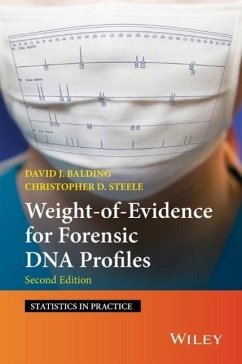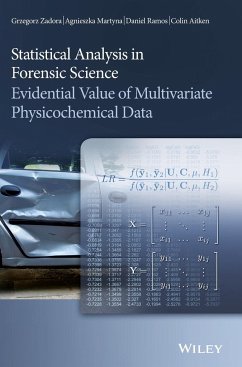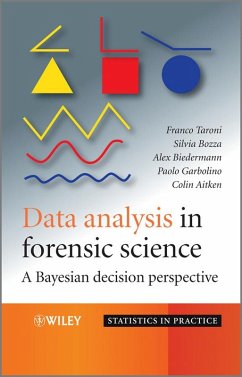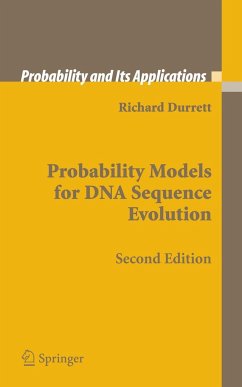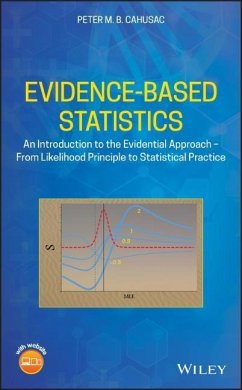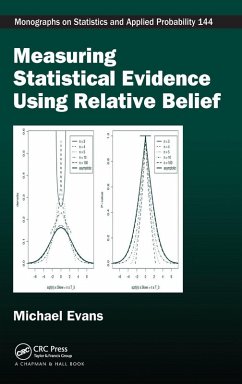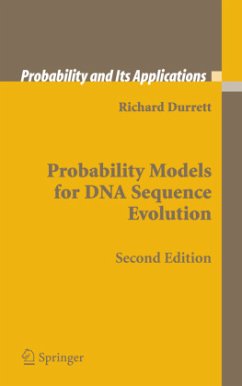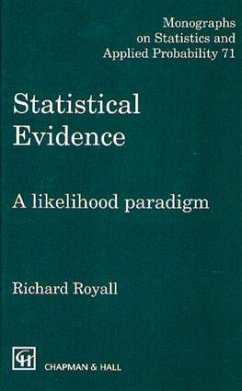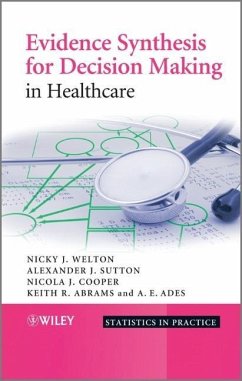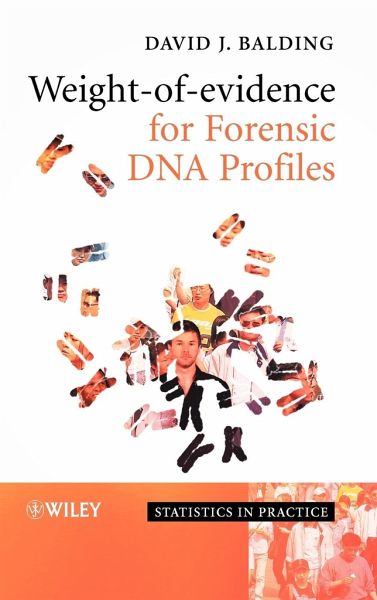
Weight-Of-Evidence for Forensic DNA Profiles

PAYBACK Punkte
46 °P sammeln!
The introduction of DNA profiling into courtrooms during the late 1980s caused substantial controversy. Profiling techniques have advanced considerably since that time, and the power of DNA evidence is indisputable; but the importance of accurate evidence interpretation must not be underestimated. This book provides a thorough presentation of weight-of-evidence for DNA profiling, and aims to help both the lawyer and the forensic scientist charged with presenting DNA evidence in court. * Links up population genetics and statistics theory with the reality of issues surrounding the presentation o...
The introduction of DNA profiling into courtrooms during the late 1980s caused substantial controversy. Profiling techniques have advanced considerably since that time, and the power of DNA evidence is indisputable; but the importance of accurate evidence interpretation must not be underestimated. This book provides a thorough presentation of weight-of-evidence for DNA profiling, and aims to help both the lawyer and the forensic scientist charged with presenting DNA evidence in court. * Links up population genetics and statistics theory with the reality of issues surrounding the presentation of evidence in court; e.g. the prosecutor's fallacy, and the introduction of Bayesian methods in the courtroom. * Shows how to calculate likelihood ratios from first principles, including a thorough interpretation of the θ adjustments to allow for co-ancestry. * Provides a self-contained introduction to population genetics relevant to DNA profiles. * Provides an introduction to the technology of short random repeat (STR, or microsatellite) based profiling, and a brief introduction to SNP profiles. * Provides a comparison with alternative methods for evaluating weight-of-evidence, e.g. uniqueness, exclusion probabilities, and hypothesis training. * Fully worked examples given throughout the book, as well as exercises with solutions. Weight-of-evidence for forensic DNA profiles is aimed at forensic scientists presenting evidence in court as well as all students of evidence interpretation. Little background is necessary in either statistics or population genetics; statisticians however will find fascinating applications of important statistical concepts . This book is also suitable for judges and lawyers seeking to attain a thorough understanding of weight-of-evidence theory, and those interested in the application of these principles to the legal field and their presentation in the courtroom.



